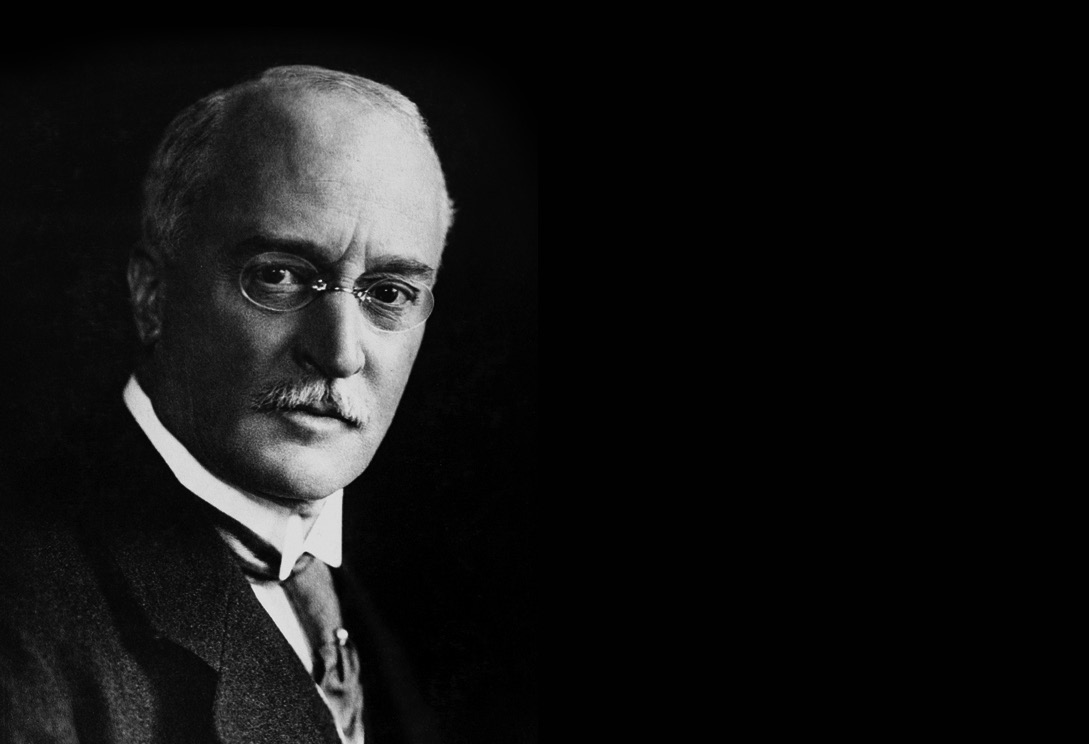The death of Diesel
Evan Zabawski | TLT From the Editor February 2017
Did an attempt to disseminate the technology lead to murder?

Rudolf Diesel (Photo courtesy of Wikipedia.)
DIESEL ENGINES HAVE AN INTERESTING HISTORY, and though I could speak at length to their development, the fate of its inventor presents a far more fantastic tale.
On Feb. 27, 1892, 34-year-old Rudolf Diesel walked into the Imperial Patent Office in Berlin and applied for a patent for a “new rational heat engine” that could burn virtually any fuel. He received patent document DRP 67207 on Feb. 23, 1893, titled Working Method and Design for Combustion Engines and dated Feb. 28, 1892.
Diesel proposed coal dust as the probable fuel and calculated that his engine would be 72% efficient, but the absence of a working model made capitalizing his idea difficult. After two failed prototypes, on Feb. 17, 1897, Diesel’s third engine was tested at Munich Technical University and found to have a thermal efficiency of 26.2%. This was relatively high for a combustion engine, though falling quite short of the patent. Yet it was high enough to generate serious interest and adoption by many manufacturers.
Though he designed his engine to run on coal and advocated using biobased fuels, Diesel ended up lending his name not only to his engine design but also to a petroleum distillate commonly used in his engines. While he enjoyed many years as a millionaire, by 1913 he was near bankrupt due to heavy losses in the stock markets and unsuccessful property deals.
In September 1913, Diesel boarded the SS Dresden from Antwerp, Belgium, to Harwich, England, on his way to the annual directors’ meeting of the British Diesel Co. and the groundbreaking of a new production plant in Ipswich. He also was to meet with the British Navy to discuss installing his engines on their new fleet of submarines, as he had already done with the French.
On Sept. 29, after dinner with fellow director and Belgian Diesel licensee George Carels and chief construction engineer Alfred Luckmann, they all decided to turn in around 10 p.m. When they descended to their cabins, Diesel stopped briefly at his cabin before going down the hall to shake Carels’ hand, then after wishing him good night, said, “I will see you tomorrow morning.”
When Diesel failed to show up for breakfast the next morning, they checked his cabin to find his nightshirt laid out and watch left in view from the bed. A search of the ship only turned up his hat and overcoat, found neatly folded under the afterdeck railing. The sea had been calm through the night, eliminating an accident as the cause of his disappearance, but no suicide note was found.
On Oct. 10, a body was spotted floating off the Dutch coast by the Belgian pilot steamer Coertsen. Though they were able to retrieve the body and remove some personal effects, the body was so badly decomposed it was returned to the sea. Diesel’s son, Eugen, was able to identify the coin purse and glasses case as belonging to his father, as well as a diary with an ominous and enigmatic cross penciled after the date Sept. 29.
The press was quick to suggest he had been murdered, some plausibly suggesting it was the Germans trying to keep diesel engines for their U-boats (ironically, the Dresden was sunk by a British submarine in 1918), others suggesting British Secret Service or even “agents from big oil trusts.” Later conspiracy theorists suggested it was moguls from the dwindling coal industry.
Shortly afterward, Diesel’s wife Martha opened a bag he had given her just before his voyage, with instructions not to open it until the following week, only to discover it contained nearly 20,000 German Marks and financial statements indicating that all of their bank accounts had been emptied. Whether it was suicide driven by depression caused by being broke or just that Diesel had reasons to believe he would not survive the trip, the truth will never be known.
 Evan Zabawski, CLS, is the senior technical advisor for TestOil in Calgary, Alberta, Canada. You can reach him at ezabawski@testoil.com
Evan Zabawski, CLS, is the senior technical advisor for TestOil in Calgary, Alberta, Canada. You can reach him at ezabawski@testoil.com.